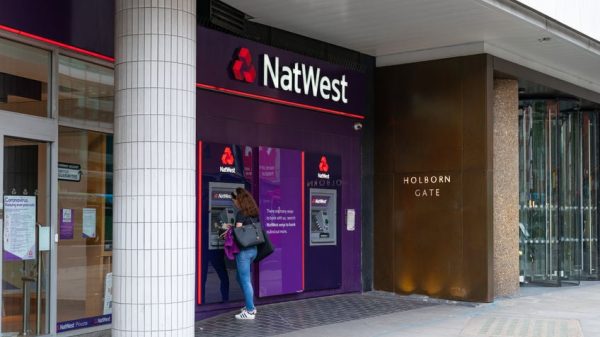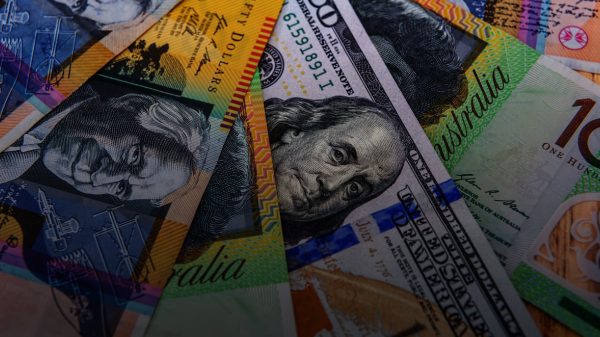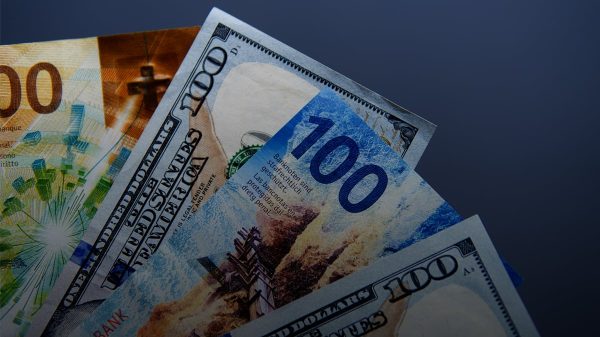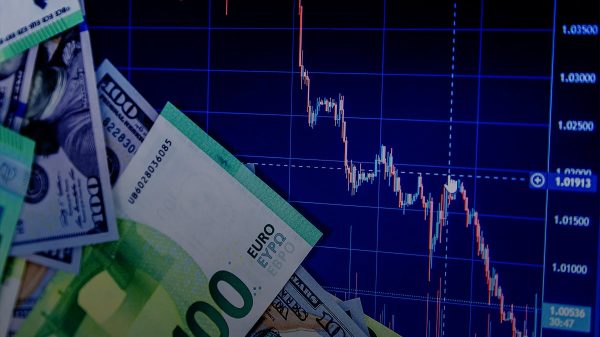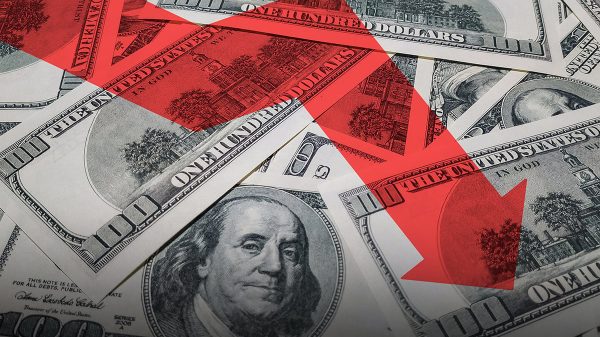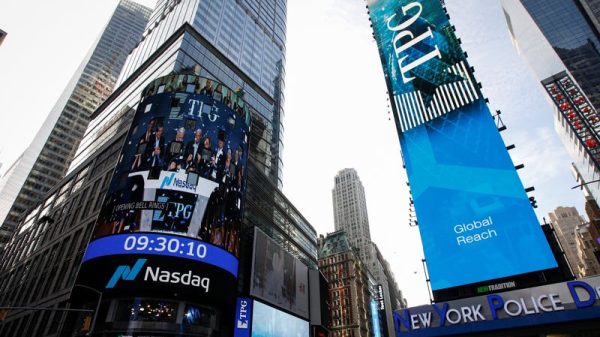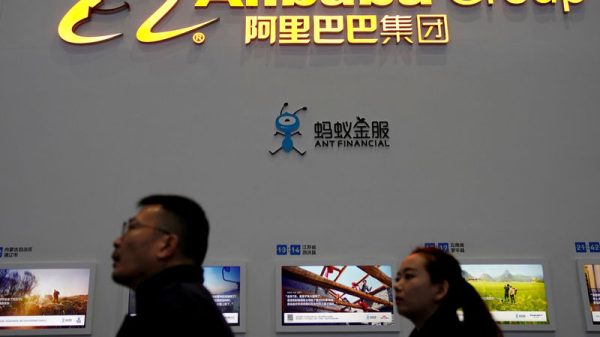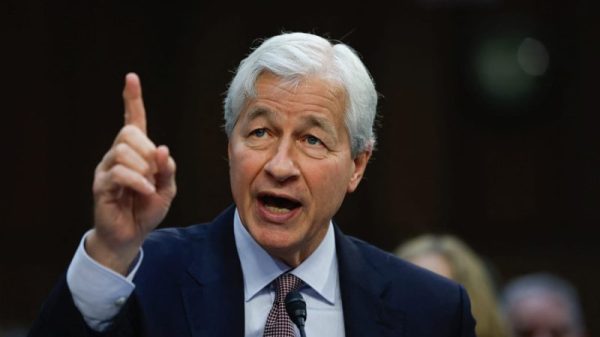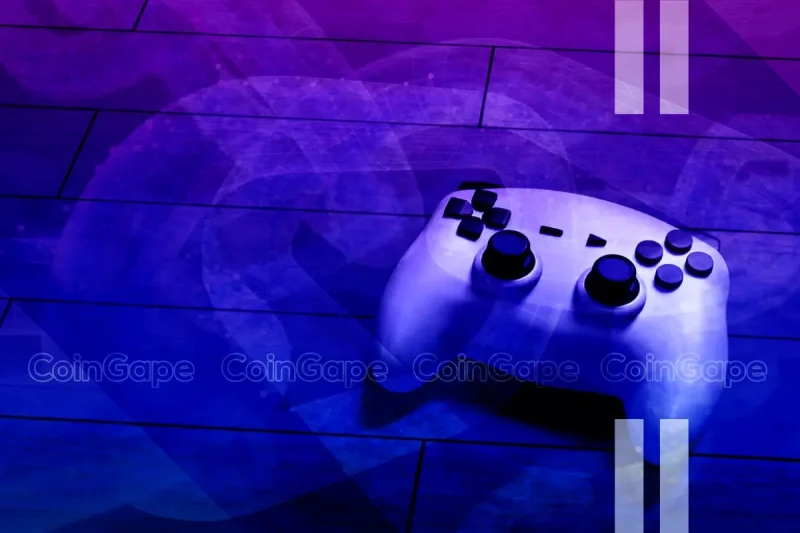
I’ve been actively investing in the blockchain industry for over 7 years now and in that period, I don’t think I’ve come across anyone who knew that the industry would have grown as huge as it has now. In 2009, Bitcoin was introduced to the world, and while the potential was clear, no one thought it’d become a strong alternative currency in a decade. But we’ve seen today that cryptocurrency and blockchain technology like Non-Fungible Tokens (NFTs) have affected major industries worldwide. These industries now experience new ways of sharing, storing, and identifying data.
One of those industries is the gaming industry. Like traditional games where players have the option of customizing their in-game activities, character skins, and/or other in-game items, players can do this in blockchain games. A snowball effect of this has been the rise of player economies in games as they can earn these items and trade them with other players in exchange for in-game currency. This currency is easily swapped for real-world currencies via virtual open marketplaces.
The blockchain technology vehicle, driving on the tires of core tenets like decentralization and transparency has led to industry-changing investments in multiple sectors. Because the advent of the blockchain came with that of Bitcoin (proven a successful alternative to traditional currencies), it’s often seen as a financial technology. This hasn’t prevented the technology from affecting other sectors, as it has proven valuable in these industries. An industry the influence of blockchain technology can be seen in is the gaming industry.
The gaming industry had an estimated market size of $245.9 billion in 2022. This figure is expected to reach $682 billion by 2030 at a Compound Annual Growth Rate (CAGR) of 13.6% in that time. These numbers highlight how big the industry is, and it looks like it will grow bigger as gaming studios explore ways of creating world-class games that operate on blockchain principles.
In this article, I’ll be highlighting two such pioneering projects. These projects exemplify the future of gaming through the innovative use of blockchain and NFTs.
Blockchain in Gaming
Blockchain games are games built on the blockchain. These games use NFTs to represent in-game assets with players able to trade them. There’s been a significant rise in the popularity of blockchain games in the last decade. According to a report by DappRadar in August 2024, blockchain gaming reached a new milestone in that month. An all-time high of 4.2 million daily active users was recorded—a 5% increase in daily Unique Active Wallets (dUAW), setting records across multiple platforms.
A major reason for this is that games using blockchain technology provide players with a viable way to earn a living. It’s a powerful motivation to play blockchain games regardless of how simple this might seem—extra motivation to have fun while at it helps a great deal too.
Axie Infinity is a good example of a blockchain game that at its peak was a huge success. The game boasted about 2.7 million daily active users as of August 2022. A report by Coindesk showed that players earned about 4,500 SLP per month—around $800—in that period. This technology has also provided game developers with a new means of earning money. These developers can now generate a market via scarcity for their in-game assets. This is in addition to the royalties these developers can earn off secondary sales of their gaming assets.
Unlike traditional games, blockchain games allow players full ownership of the items they earn as they play. These items are less susceptible to hacks and loss too. A good example is November 2022, when the servers of Call of Duty Warzone constantly lagged and then crashed. Players lost their in-game achievements including assets earned. These lost items would have been NFTs if this game was built on the blockchain. These NFTs would have ensured that they still existed in player’s wallets.
Owning in-game assets and trading them is one-way players can participate in a game’s economy. A gaming platform that exemplifies this is Sidus Heroes. A futuristic MMORPG game, Sidus Heroes is a good example of a P2E game powered by NFT technology. The platform boasts a holistic player-driven gaming economy where players can own in-game content, opening the doors for trading in-game.
Earning these NFTs comes at a certain level of competitiveness. This is a constant feature of blockchain. QORPO is revolutionizing eSports by making the sector accessible to everyone on the blockchain. The company’s flagship project, Citizen Conflict, a hero shooter game, is a fast-paced gameplay designed with the robust infrastructure of eSports and powered by the blockchain for the ultimate competitive gaming experience. A game like this empowers players to compete at professional standards and earn rewards while at it.
Building games on the blockchain also improves player security. These games can store the account information of millions of players using encrypted ledgers. This makes them safer than traditional video games that are susceptible to hacks, with high chances of exposing the personal info of players.
Future of Blockchain Gaming
It’s been a thing of surprise for me how the blockchain gaming industry has grown since 2021. Trends like Play-to-Earn (P2E), Move-to-Earn (M2E), Telegram Mini-games, etc have had their time in the sun. Powered by the TON blockchain, mini-games are the trend currently being explored. These apps are being built on top of Telegram, with powerful P2E mechanisms. New trends will continue to emerge regularly in an industry like this. Some key features to look out for in the future of blockchain gaming include:
Interoperability: Soon, players will seamlessly transfer game assets and collectibles from one game to another. Interoperable blockchain gaming ecosystems would create the ultimate competitive gaming experience. P2E Models: While this ready exists and continues to gain popularity, I think the model will be doubled down on and improved. Players would be allowed to earn real-world value for their time but this time with an improved feature like interoperability. Metaverse: An increasing feature of blockchain games is integration with the metaverse. Powered by metaverse technology, these gaming platforms create an immersive virtual environment where players can easily interact and engage in gaming and economic activities. Regulatory landscape: The more blockchain gaming companies build these games and launch in different countries, the more the navigation of regulatory frameworks and compliance requirements becomes essential. This is especially important to the long-term sustainability of the blockchain gaming ecosystem. Performance and scalability: Addressing scalability challenges is a crucial need to ensure the growth of blockchain gaming. This is true for the blockchain gaming scene as it is for the rest of the industry. Today, there are new scaling solutions developed to improve the performance of blockchains, while reducing their costs. Layer-2 and —more recently— Layer-3 blockchains (built on the foundations of Layer-1 and Layer-2 solutions) are good examples of these scaling solutions.
Final Word
The blockchain gaming industry’s future looks promising. Challenges and opportunities will always be a constant feature of the industry—at least until we move past these early stages. I dare say that platforms like Sidus Heroes and QORPO in a decade, will be at the forefront of gaming on the blockchain, and they’ll be remembered as the ones that demonstrated the potential of the technology to transform the gaming sector.
The post Blockchain and its gaming future appeared first on CoinGape.



